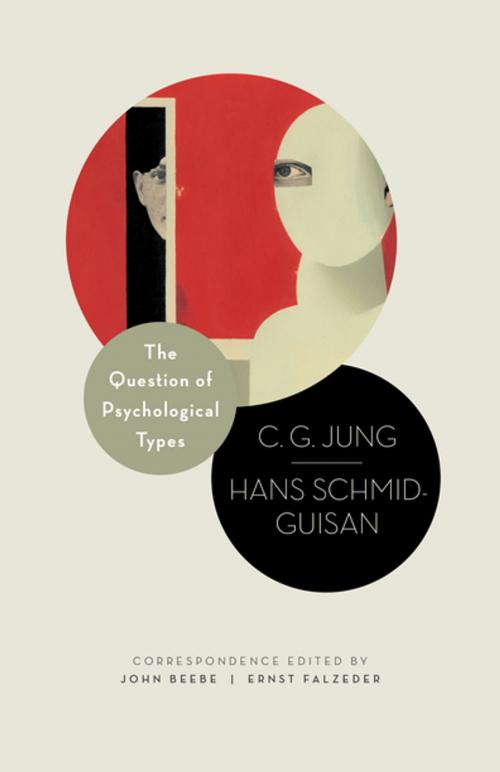The Question of Psychological Types
The Correspondence of C. G. Jung and Hans Schmid-Guisan, 1915-1916
Nonfiction, Health & Well Being, Psychology, History, Personality| Author: | C. G. Jung, Ernst Falzeder, Hans Schmid-Guisan | ISBN: | 9781400844814 |
| Publisher: | Princeton University Press | Publication: | December 23, 2012 |
| Imprint: | Princeton University Press | Language: | English |
| Author: | C. G. Jung, Ernst Falzeder, Hans Schmid-Guisan |
| ISBN: | 9781400844814 |
| Publisher: | Princeton University Press |
| Publication: | December 23, 2012 |
| Imprint: | Princeton University Press |
| Language: | English |
In 1915, C. G. Jung and his psychiatrist colleague, Hans Schmid-Guisan, began a correspondence through which they hoped to understand and codify fundamental individual differences of attention and consciousness. Their ambitious dialogue, focused on the opposition of extraversion and introversion, demonstrated the difficulty of reaching a shared awareness of differences even as it introduced concepts that would eventually enable Jung to create his landmark 1921 statement of the theory of psychological types. That theory, the basis of the widely used Myers-Briggs Type Indicator and other similar personality assessment tools, continues to inform not only personality psychology but also such diverse fields as marriage and career counseling and human resource management.
This correspondence, available in English for the first time, reveals Jung fielding keen theoretical challenges from one of his most sensitive and perceptive colleagues. The new introduction by Jungian analyst John Beebe and psychologist and historian Ernst Falzeder clarifies the evolution of crucial concepts, while helpful annotations shed light on the allusions and arguments in the letters. This volume will provide a useful historical grounding for all those who work with, or are interested in, Jungian psychology and psychological typology.
In 1915, C. G. Jung and his psychiatrist colleague, Hans Schmid-Guisan, began a correspondence through which they hoped to understand and codify fundamental individual differences of attention and consciousness. Their ambitious dialogue, focused on the opposition of extraversion and introversion, demonstrated the difficulty of reaching a shared awareness of differences even as it introduced concepts that would eventually enable Jung to create his landmark 1921 statement of the theory of psychological types. That theory, the basis of the widely used Myers-Briggs Type Indicator and other similar personality assessment tools, continues to inform not only personality psychology but also such diverse fields as marriage and career counseling and human resource management.
This correspondence, available in English for the first time, reveals Jung fielding keen theoretical challenges from one of his most sensitive and perceptive colleagues. The new introduction by Jungian analyst John Beebe and psychologist and historian Ernst Falzeder clarifies the evolution of crucial concepts, while helpful annotations shed light on the allusions and arguments in the letters. This volume will provide a useful historical grounding for all those who work with, or are interested in, Jungian psychology and psychological typology.















